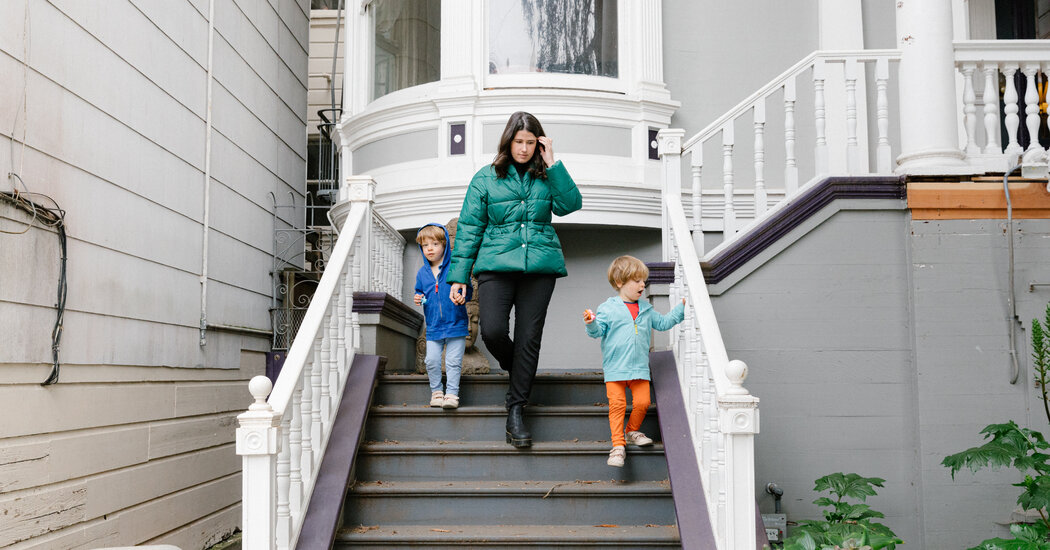Silicon Valley Discovers an Age-Old Child Care Hack: The Neighbors
In 2019, about 18 percent of children younger than 5 were cared for in residential-based centers, which often provide a lifeline for parents who work nontraditional hours or live in rural areas. And since time immemorial, parents have leaned on a network of friends, family members and neighbors — the so-called village — to step into caregiving voids.
But even if the idea behind Ms. Mayer’s service wasn’t completely novel, it caught on fast, most likely because child care was already hanging by a thread long before the pandemic. Child care centers run on precariously thin profit margins, yet the service is prohibitively expensive for a majority of parents, and workers often earn low wages without benefits. As Covid-19 strained the industry, workers quit, enrollment dropped and the costs of running a center surged.
In its early phases, Otter wasn’t so much an attempt to fix the problems of the child care industry as it was a way for parents to get around them. While her sons were napping one afternoon, Ms. Mayer stumbled across a Facebook group of parents in New York discussing how to coordinate child care swaps, and she decided to jump in and help. She created surveys for parents to determine each household’s Covid rules and parenting style, asking, for example, how often they would allow their children “to have input into family rules” or “explain the consequences” of their child’s actions. She would use that data to match nearby households whose answers were aligned; then she would jump into each family’s digital calendars, look for open slots and schedule drop-offs and pickups.
Initially, none of the parents in the swaps were being paid. But when she introduced the paid concept, the number of hours that working parents left their children with stay-at-home parents jumped, she said. By word of mouth alone, more families were signing up to be matched every week — the only week that sign-ups were flat, Ms. Mayer said, was in the middle of January 2021, when she moved from Boston to New York. By the end of that month, she had made 1,000 matches.
At first Ms. Mayer saw some hesitancy among potential investors when pitching Otter. How, they’d wonder, can parents trust a stranger with no license or training? Establishing trust, and liability, is part of the reason that each state has strict regulations around who should be looking after children, and where. In Massachusetts, for example, a person would need a permit to get paid for looking after even one child in their home. In New York, laws around providing at-home child care kick in after three or more children, so child care swaps of one or two children aren’t subject to the same training requirements or caregiver-to-child ratios as day care centers.
Because of the patchwork of regulations around child care, Ms. Mayer acknowledged that Otter was not a service that could swiftly be rolled out in every state and said the company was therefore “focused on expanding into states where this kind of care is possible.”




